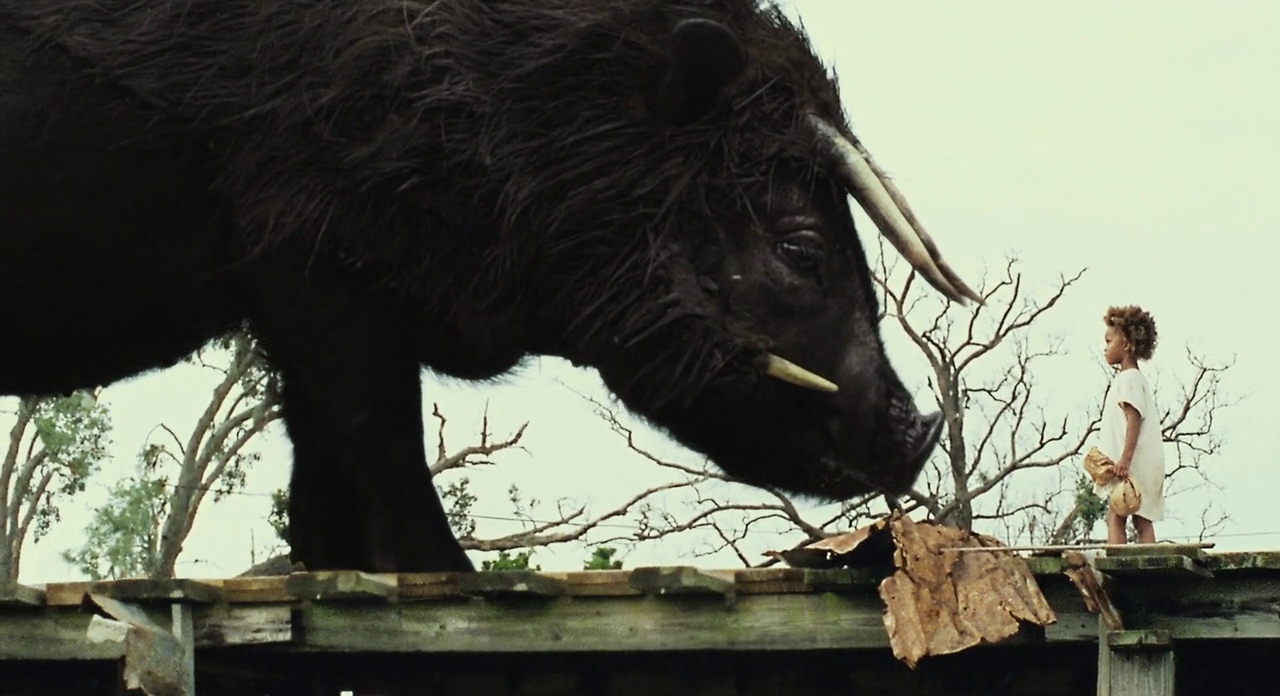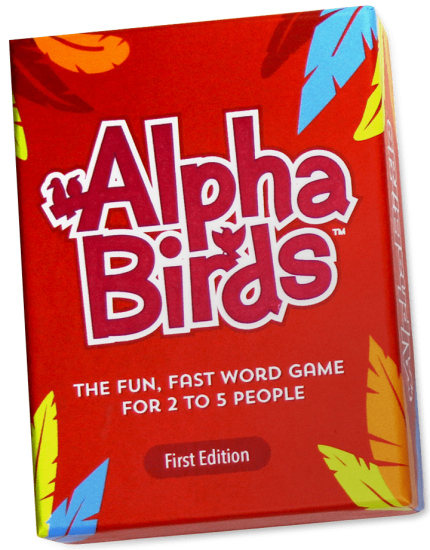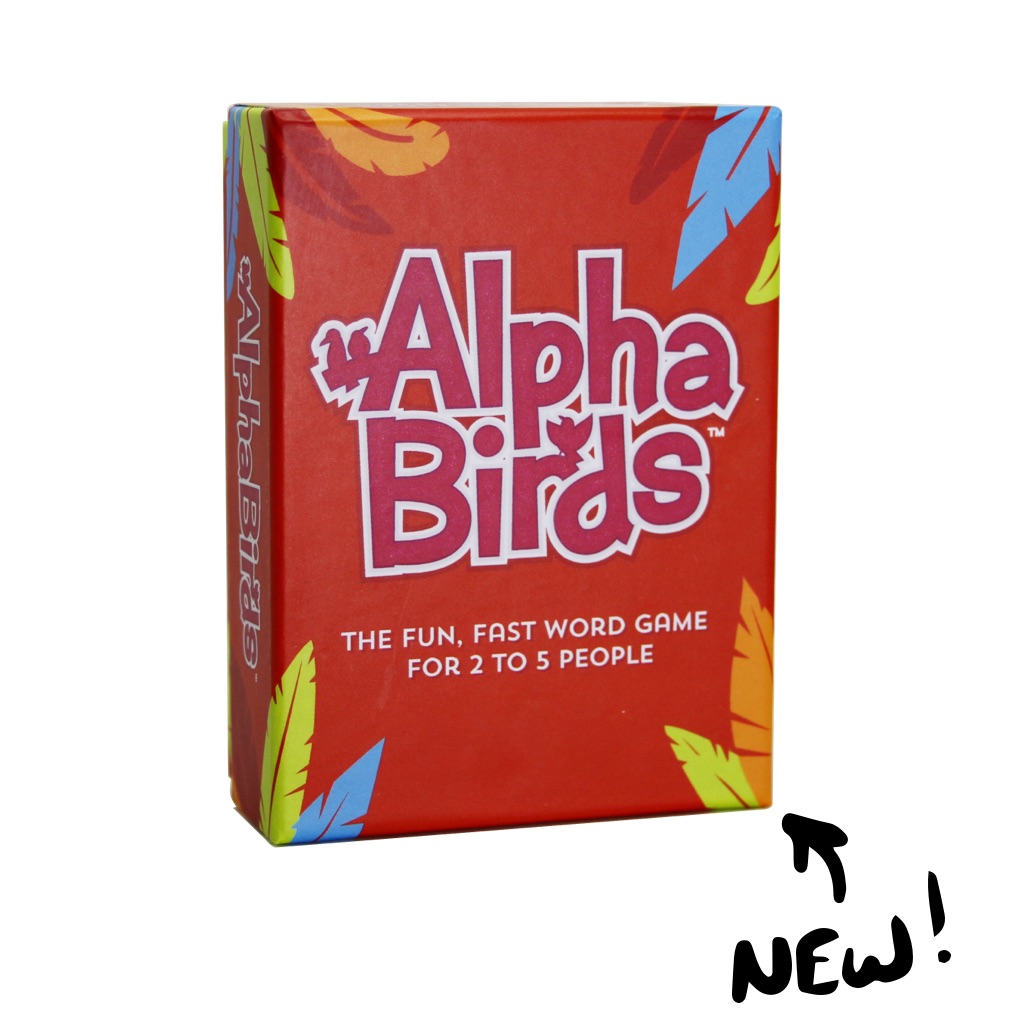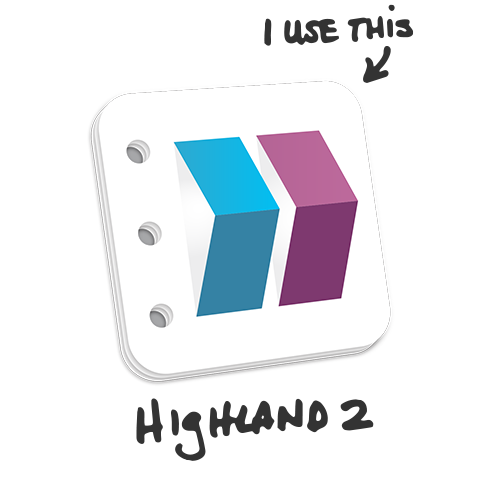
Weekend Read, our app for reading scripts on your phone, features a new curated collection of screenplays each week.
This week, we look at the series nominated across all categories at the upcoming 76th Emmy Awards. (In some cases, we’re using the pilot, so you don’t worry about spoilers for later seasons.)
Our collection includes:
- 3 Body Problem – “Countdown” by David Benioff & D. B. Weiss & Alexander Woo
- Abbott Elementary – “Pilot” by Quinta Brunson
- All the Light We Cannot See – “Episode 1” by Steven Knight
- Baby Reindeer – “Episode 1” by Richard Gadd
- Curb Your Enthusiasm – “Funkhouser’s Crazy Sister” by Larry David
- Fargo – “The Tragedy of the Commons” by Noah Hawley
- Fellow Travelers – “You’re Wonderful” by Ron Nyswaner
- Girls5eva – “Pilot” by Meredith Scardino
- Griselda – “Paradise Lost” by Doug Miro and Giovanna Sarquis & Ingrid Escajeda
- Hacks – “There Is No Line” by Lucia Aniello, Paul W. Downs and Jen Statsky
- Lessons in Chemistry – “Introduction to Chemistry” by Lee Eisenberg
- Mr. & Mrs. Smith – “A Break-Up” by Donald Glover & Francesca Sloane
- Only Murders in the Building – “True Crime” by Steve Martin & John Hoffman
- Palm Royale – “Maxine Goes to Palm Beach” by Abe Sylvia
- Reservation Dogs – “Deer Lady” by Sterlin Harjo
- Ripley – “I – A Hard Man to Find” by Steven Zaillian
- Shōgun – “Anjin” by Rachel Kondo & Justin Marks
- The Bear – “Fishes” by Christopher Storer & Joanna Calo
- The Crown – “Sleep, Dearie Sleep” by Peter Morgan
- The Gentlemen – “Refined Aggression” by Guy Ritchie & Matthew Read
- The Morning Show – “In the Dark Night of the Soul It’s Always 3:30 in the Morning” by Kerry Ehrin and Jay Carson
- The Other Two – “Pilot” by Chris Kelly & Sarah Schneider
- The Righteous Gemstones – “Pilot” by Danny McBride
- True Detective: Night Country – “Part 6” by Issa López
- What We Do in the Shadows – “Pilot” by Jemaine Clement
Read these and other featured collections only on Weekend Read 2, available on all Mac and iOS devices. Download for free!




